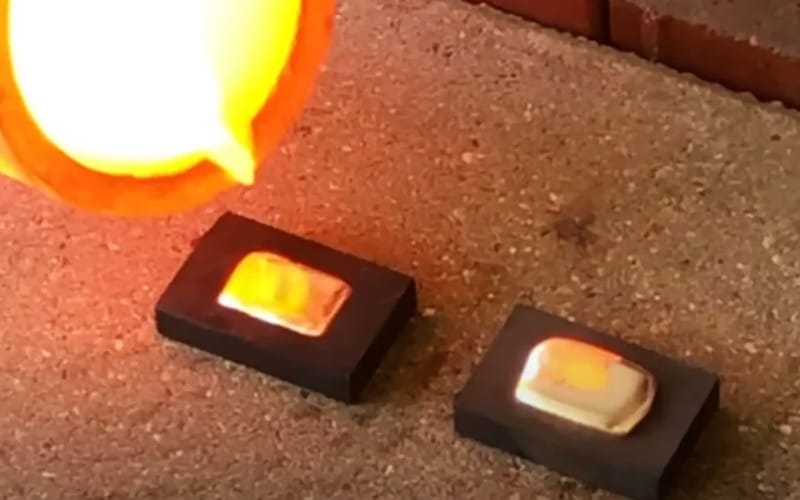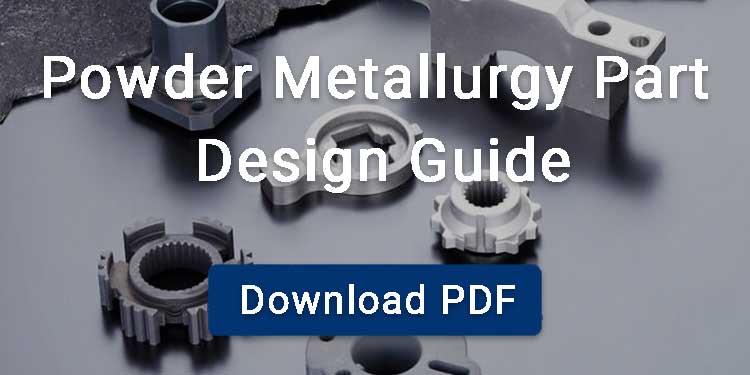The melting point of silver can differ between the refinement of the silver. Pure silver melts at 961.8°C (1,763.24°F or 1,234.95 K), whereas sterling silver contains 92.5% silver and 7.5% copper and has a much lower melting point i.e., 893°C (1,639.4°For 1,166.15 K).

Contents
Why Silver Melting Point Matters?
Understanding the precise melting point of silver is necessary to perform effective soldering, casting, and alloying. For instance, sterling and fine silver have different melting points and can affect other properties such as hardness and workability, which are crucial in industrial processes.
Pure Silver vs. Sterling Silver Melting Points
Pure Silver
Fine silver, also known as pure silver, has a melting point of 961.8°C (1,763.24°F). Pure silver is particularly well-suited for electrical contacts, luxury jewelry, and industrial applications because silver has the best electrical and thermal conductivity of all metals. Its softness, however, limits durability, making careful handling necessary for high-wear applications.
Sterling Silver
Sterling silver, also known as 925 silver, is composed of 92.5% pure silver and 7.5% other metals, typically copper. Sterling silver melts at 893°C (1,639.4°F). The copper content provides strength and durability, and for this reason, it is utilized for ornaments, tableware, and jewelry. The lower melting point of this silver enables easier casting and forming of artisan work and production.
Silver Melting Process
In order to properly prevent oxidation and reduce the likelihood of metal fatigue, it is critical that the melting temperature of silver is reached by a highly controlled process of heating. The following is a step-by-step procedure that outlines the procedure.
- Preparation — Get silver and flux to minimize oxidation.
- Heating — Use a furnace or a torch in an attempt to achieve the precise melting point which will allow silver to melt appropriately.
- Pouring — Transfer molten silver into molds.
- Cooling — Allow silver to harden for additional processing.

Factors Affecting Melt Temperature of Silver
The following are some common factors that will likely affect the melting point of silver.
Purity
The purest silver has the highest melting point at 961.8°C (1,763.24°F). The introduction of any impurities or other elements will alter its phase change, with the refining techniques required being stringent enough to offer consistency.
Alloying Elements
The melting point of silver decreases when alloyed with metals like copper, nickel, or zinc. These additions lower the overall melting temperature, making the alloy more practical for various industrial and jewelry applications.
Pressure
Increasing pressure slightly raises the melting point of silver metal. This is because increasing pressure causes the silver atoms to interact more strongly with each other, which requires a higher temperature to overcome.
Atmosphere
In an atmosphere full of oxygen, silver will easily oxidized silver into silver oxide which has a much lower melting point(280°C). Controlled atmospheres, such as those consisting of inert gas or vacuum, prevents silver from oxidizing,
Particle Size (for sliver powders)
The melting points of silver powders can be lower than that of bulk silver because of their greater surface area and smaller particle size. The cluster of smaller particles has a higher surface energy which in turn needs less heat to start the process of melting. Comparing the Melting Point of Silver to Other Metals
This comprehensive table compares the thermal properties of different metals and their melting points for industrial use.
| Metal | °C | °F |
|---|---|---|
| Gold Melting Point | 1,064 | 1,947.52 |
| Copper Melting Point | 1,085 | 1,985 |
| Platinum Melting Point | 1,768 | 3,214 |
Practical Applications
- Casting: The melt temperature of silver has an effect on fluidity, shrinkage, and microstructure. Proper thermal control guarantees full mold filling and reduction of such imperfections as porosity, oxidation, and thermal stress.
- Soldering: The thermal melting point of silver solder varies by alloy(like, copper, zinc), necessitating controlled temperatures to create permanent bonds without melting the base metal — stress fractures are eliminated by proper cooling and joint durability.
- Annealing Silver: Annealing is a heat treatment process where silver is heated to a temperature below its recrystallization point, typically between 400°C to 650°C (752°F to 1,202°F). This controlled heating enhances ductility by refining the grain structure and relieving internal stress, making the silver easier to shape, form, and work with without compromising its strength.
Tips for Temperature Control
- Use Digital Thermometers – Accurate temperature control avoids overheating, thus silver melts or solidifies well without structural defects.
- Use Flux – Flux suppresses oxidation and keeps the fire scale under control, giving a cleaner melt and stronger metal joints.
- Control Heat Application – Gradual and consistent heating prevents thermal stress and reduces the risk of warping, grain growth, or damage to surrounding material.
FAQ
1. What is the Silver Solder Melting Point?
Regardless of composition, the melting point of silver solder lies between 620°C or 1,148°F and 800°C or 1,472°F. Soft solder gives weak joints while Hard solder melts at a higher temperature, making stronger joints than soft solder.
2. What is the Melting Point of Nickel Silver?
Nickel silver or German silver, consists of 60% copper, 20% nickel, and 20% zinc. Though its moniker suggests otherwise, it does not have any elemental silver. Its melting point lies between 1000 °C to 1200 °C, or 1,832 °F to 2,192 °F.



